Social constructs: a show of British Mandate Palestinian architecture
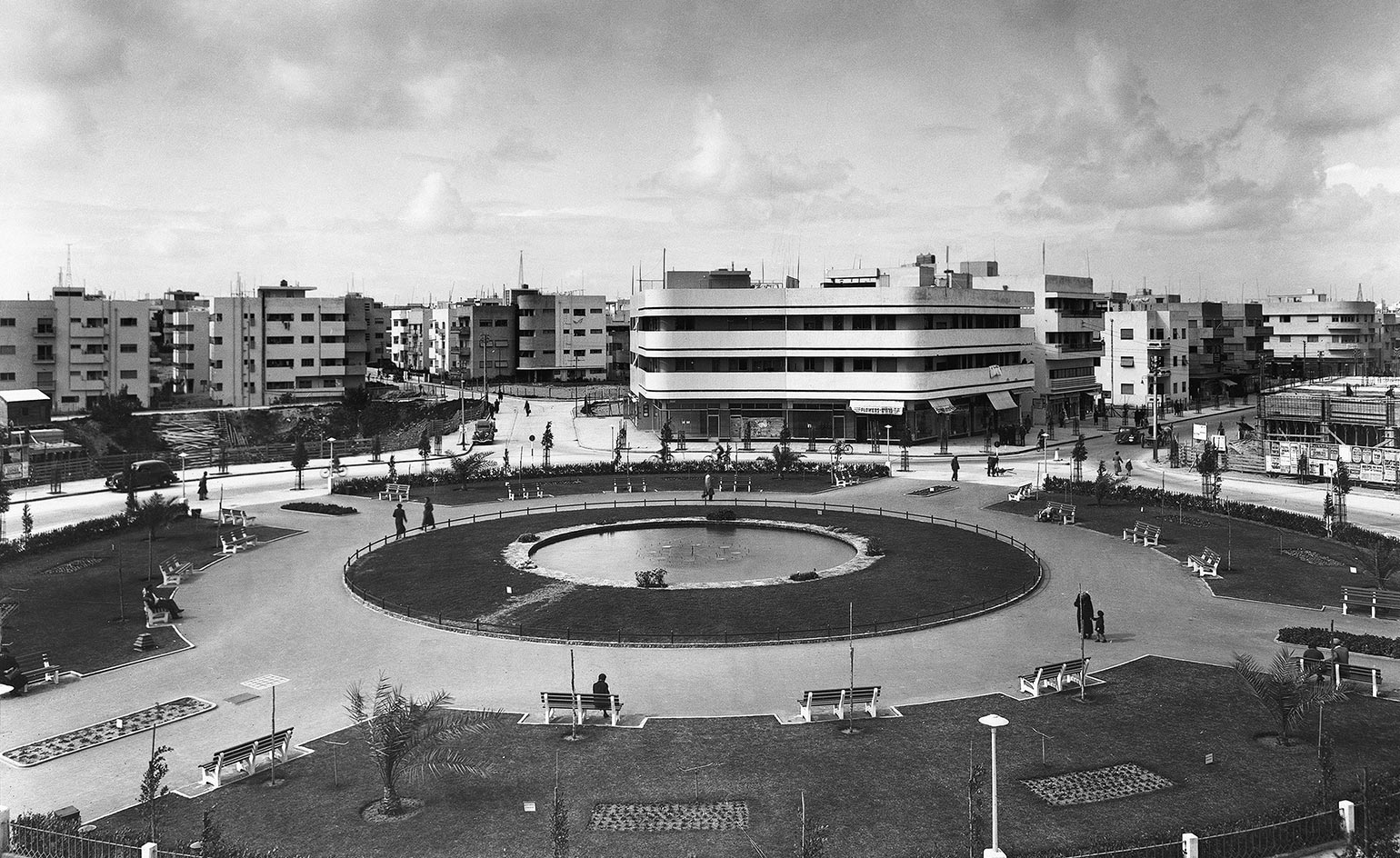
At a major new exhibition at the Israel Museum, Jerusalem, the impact of European modernism on the architecture of British Mandate Palestine reveals the remarkably coherent connections between the new social order and the construction that was happening in Tel Aviv, Haifa and Jerusalem in the early 20th century.
Focussing on the period between 1930 and 1940, 'Social Construction: Modern Architecture in British Mandate Palestine' spotlights some of Israel’s most iconic buildings, representative of a distinctive regional interpretation of international modernism that emerged. The exhibition draws on architects Ada Karmi-Melamede and Dan Price’s book Architecture in Palestine during the British Mandate, 1917–1948, incorporating 40 beautiful interpretative drawings and 60 archival photographs collected as part of their unprecedented research over 25 years. 'They produced a remarkable body of knowledge that is [as] intelligent as it is beautiful,' says exhibition curator, Oren Sagiv.
With limited resources and technology, and with only local materials available, 'the Zionist modern architects in Palestine were free to experiment and search for their own version of the modern language, which was neither inspired by European technological innovations of the time, nor enamoured with the picturesque local architecture and handicraft', Sagiv explains.
Characterised by functional, geometric forms, as well as other prevalent features such as balconies, stairwells, double walls, pergolas and communal rooftop spaces, the buildings merge public and private spaces, optimising liminal spaces – in direct symbiosis with the social ideology, at a time of transition and turmoil, but also of great hope for a new nation. Sagiv’s approach is not nostalgic, however, but an attempt to redefine the way the public look at the buildings from this period, many of which are starting to vanish, with the proliferation of new construction projects in Israel’s cities.
The exhibition also illuminates the way in which cities developed. While European apartment blocks of the time were typically in contact, most of those in British Mandate Palestine were freestanding – a result of 'garden city' inspired town planning. 'Yet they still came together as homogeneous urban façades,' Sagiv continues. Typically three or four stories high, the cumulative designs produced a sense of 'horizontal continuity'. 'This contributes to an important aspect of the local modernist language: the urban modern space. [...] Unlike many places in the world, the modernist typology in Palestine actually developed into an architecture of streets and public spaces, creating an urban fabric that went beyond the singularity of individual buildings.'
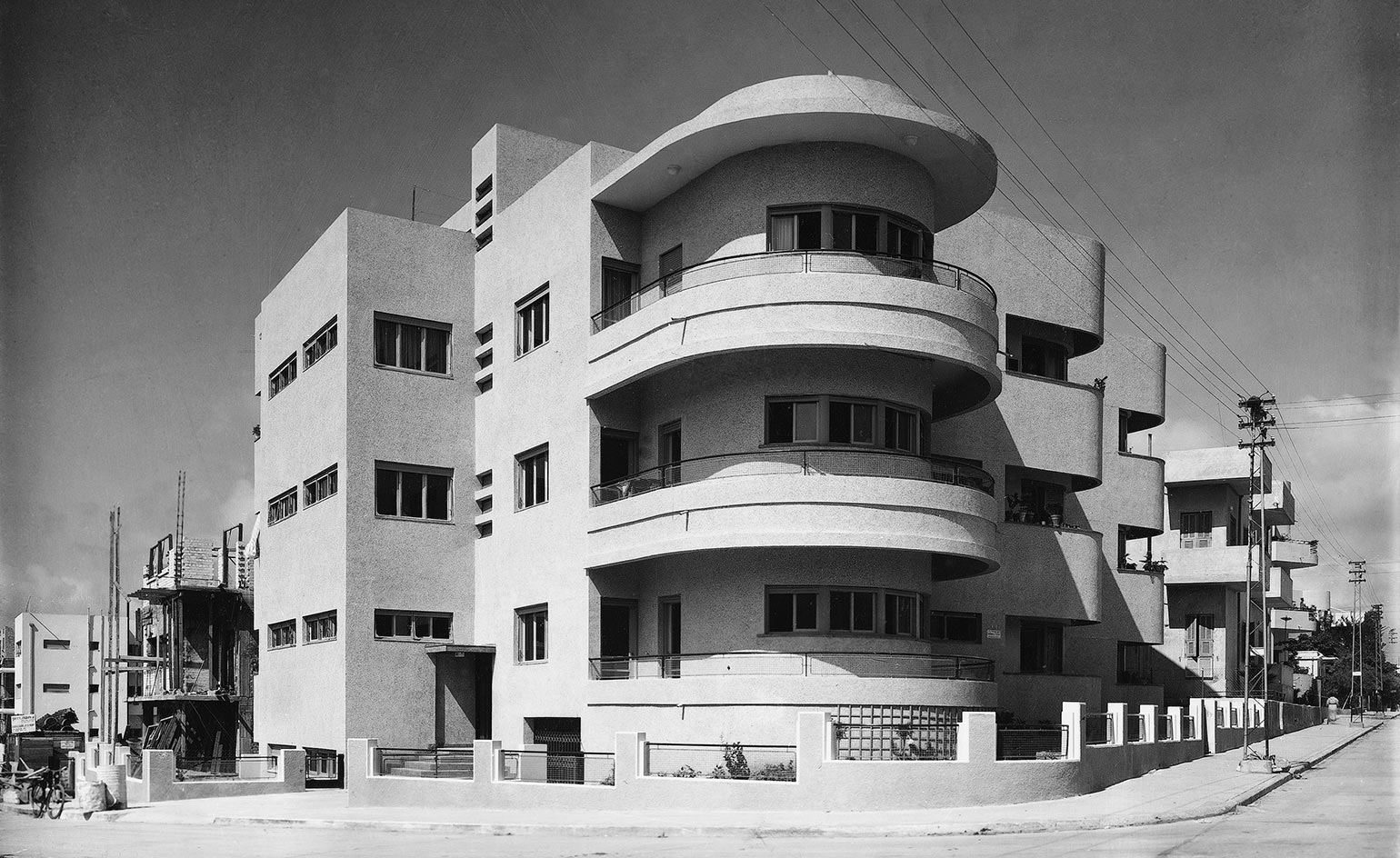
Focussing on the period between 1930 and 1940, the exhibition spotlights some of Israel’s most iconic buildings, representative of a distinctive regional interpretation of international modernism that emerged. Pictured: #65 Hovevei Zion Street, Tel Aviv Jaffa, 1935. Architect: Pichas Hutt.
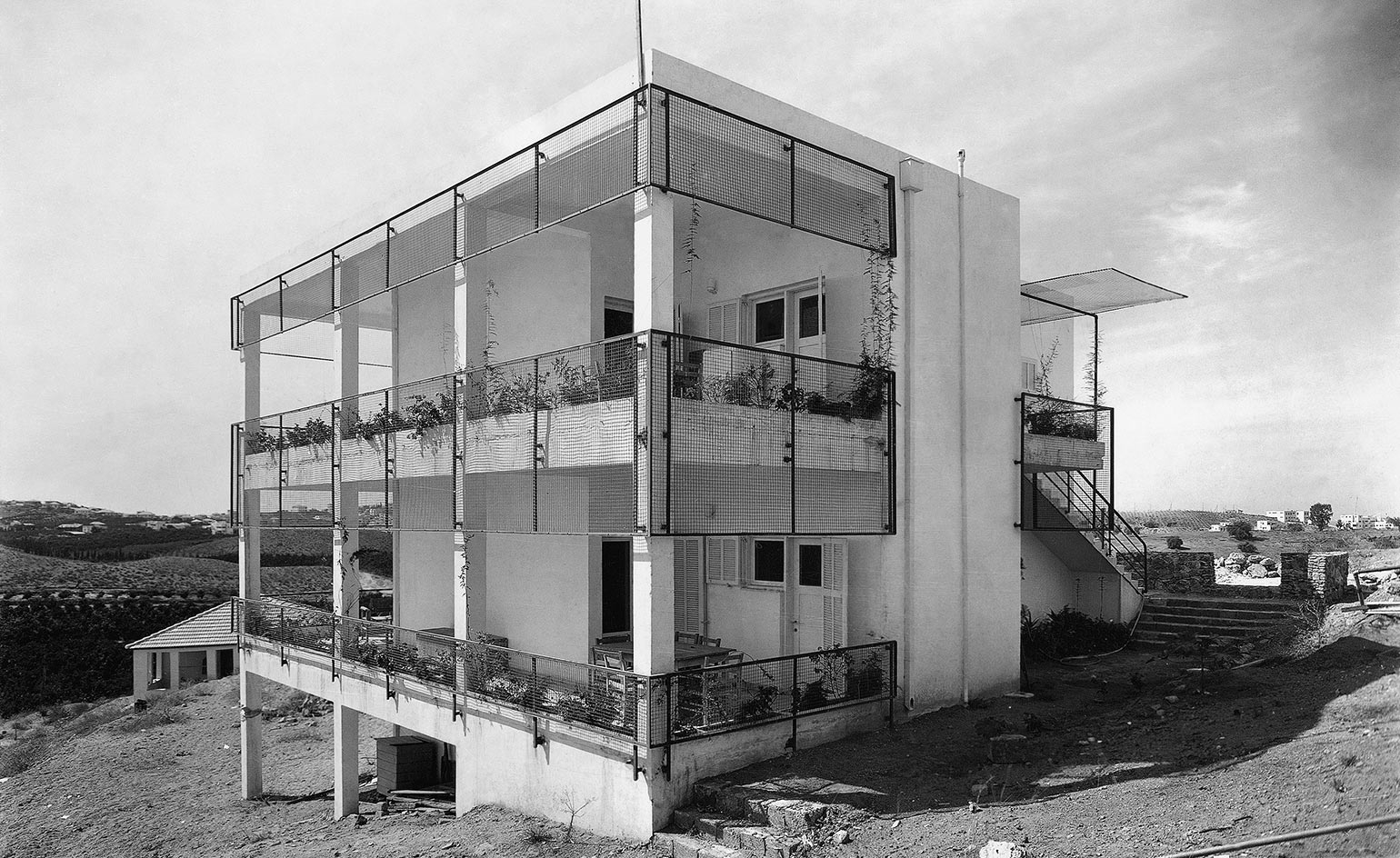
The exhibition draws on architects Ada Karmi-Melamede and Dan Price’s book Architecture in Palestine during the British Mandate, 1917–1948, incorporating 60 archival photographs collected as part of their unprecedented research over 25 years. Pictured: residential building in Bnei Brak (exact location unknown), 1940s.
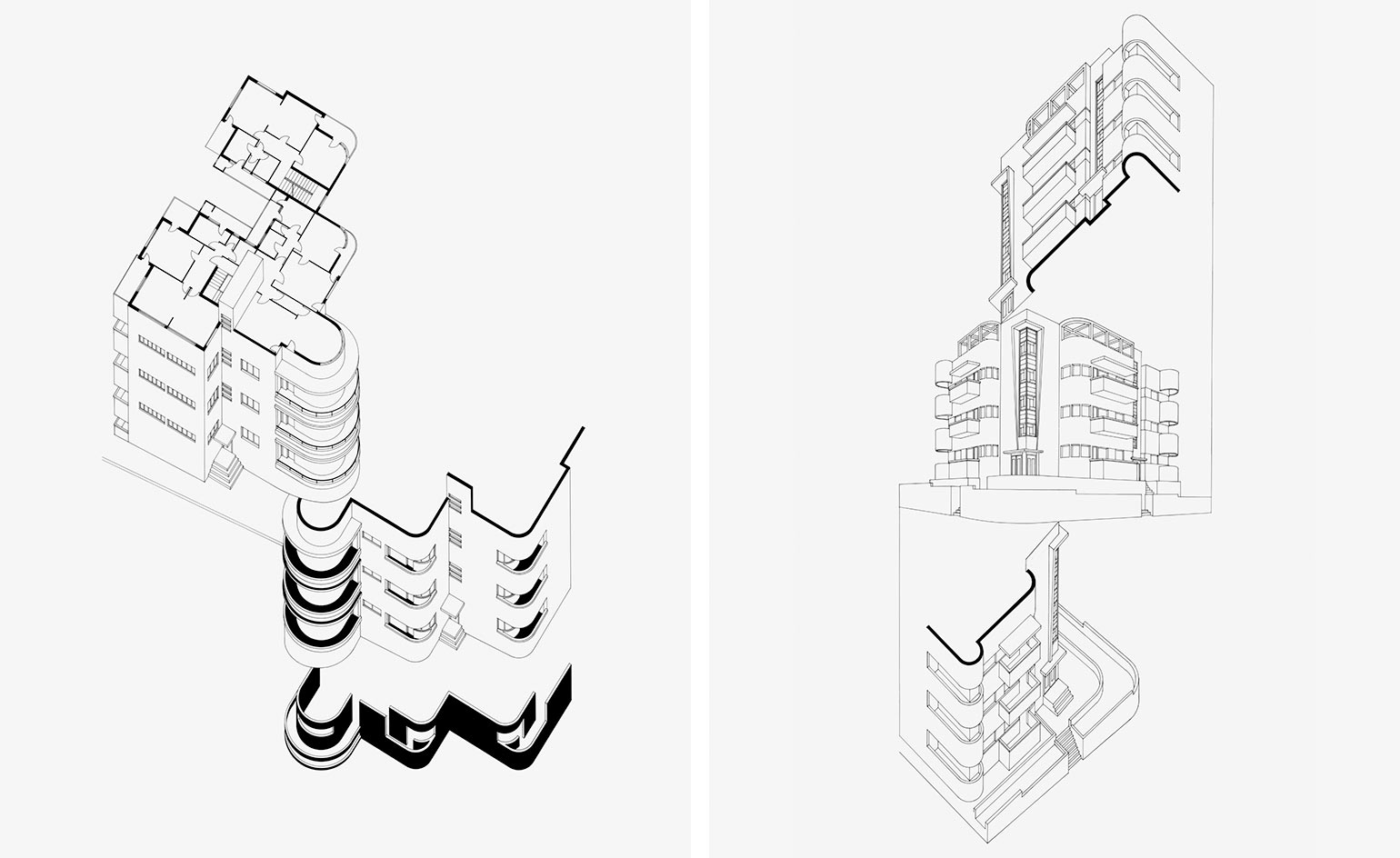
The exhibition also showcases 40 archival interpretative drawings, such as those pictured here. Pictured left: #65; Hovevei Zion Street, Tel Aviv Jaffa, 1935. Architect: Pichas Hit. Right: #15 Melchett Street, Tel Aviv Jaffa. Architects: Avraham Berger and Itzhak Mendellbaum

With limited resources and technology, and with only local materials available, ’the Zionist modern architects in Palestine were free to experiment and search for their own version of the modern language’, curator Oren Sagiv explains. Pictured: workers’ housing, corner of Frishman, and Dov Hoz, Tel Aviv, 1934. Architect: Arieh Sharon.
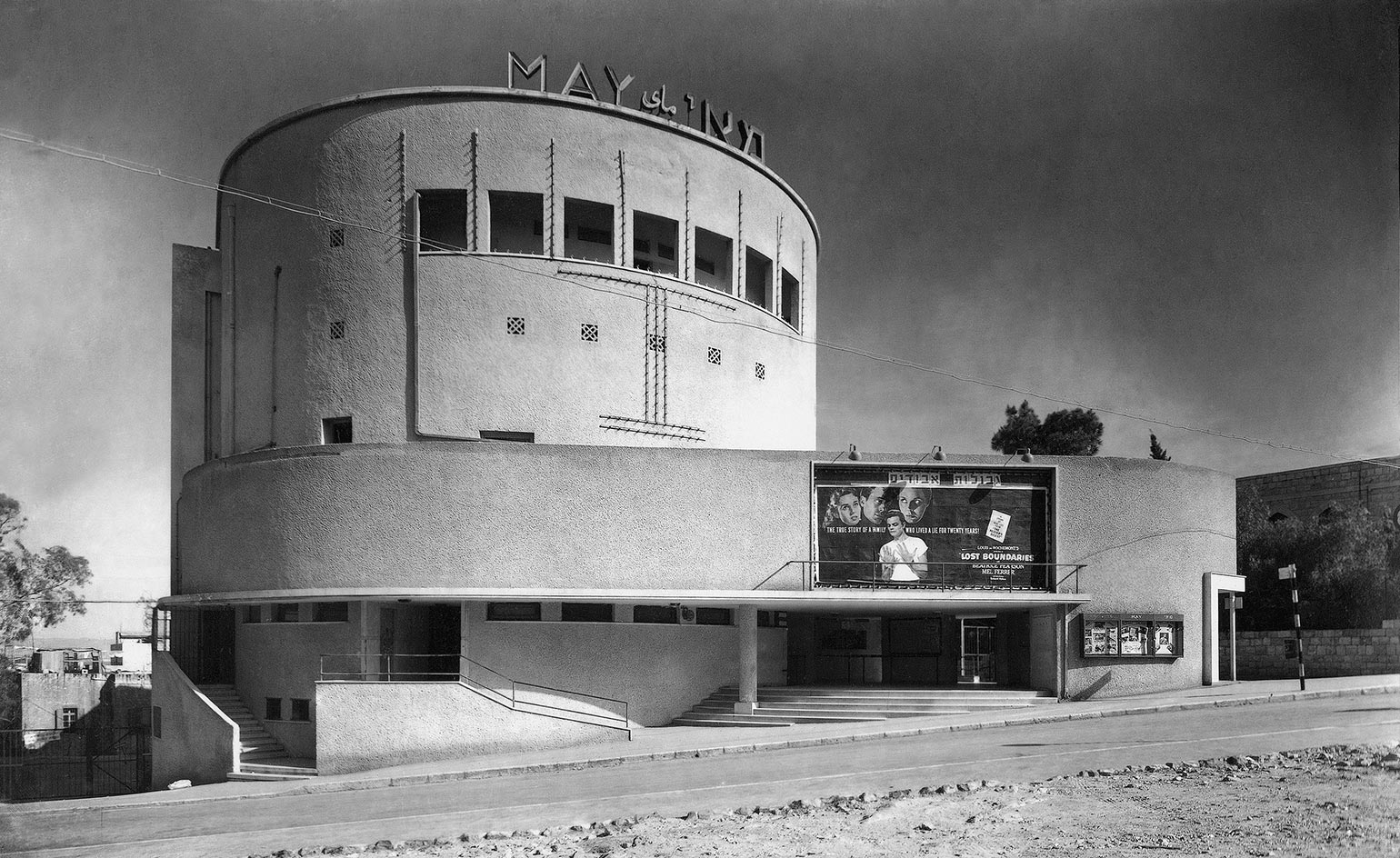
The architectural style is characterised by functional, geometric forms, as well as other prevalent features such as balconies, stairwells, double walls, pergolas and communal rooftop spaces. Pictured: Cinema May, Hassan Shukri 5, Haifa, late 1930s.

Sagiv continues, ’Unlike many places in the world, the modernist typology in Palestine actually developed into an architecture of streets and public spaces, creating an urban fabric that went beyond the singularity of individual buildings.’ Pictured: Casino Bat Galim, Haifa, 1934. Architect: Alfred Goldberger.
INFORMATION
’Social Construction: Modern Architecture in British Mandate Palestine’ is on view until 31 December. For more information, visit the the Israel Museum’s website
ADDRESS
Palevsky Design Pavilion
Israel Museum
Derech Ruppin
Jerusalem
Receive our daily digest of inspiration, escapism and design stories from around the world direct to your inbox.
Charlotte Jansen is a journalist and the author of two books on photography, Girl on Girl (2017) and Photography Now (2021). She is commissioning editor at Elephant magazine and has written on contemporary art and culture for The Guardian, the Financial Times, ELLE, the British Journal of Photography, Frieze and Artsy. Jansen is also presenter of Dior Talks podcast series, The Female Gaze.
-
 A day in Ahmedabad – tour the Indian city’s captivating architecture
A day in Ahmedabad – tour the Indian city’s captivating architectureIndia’s Ahmedabad has a thriving architecture scene and a rich legacy; architect, writer and photographer Nipun Prabhakar shares his tips for the perfect tour
-
 You can now stay in one of Geoffrey Bawa’s most iconic urban designs
You can now stay in one of Geoffrey Bawa’s most iconic urban designsOnly true Bawa fans know about this intimate building, and it’s just opened as Colombo’s latest boutique hotel
-
 Pentagram’s identity for eVTOL brand Vertical Aerospace gives its future added lift
Pentagram’s identity for eVTOL brand Vertical Aerospace gives its future added liftAs Vertical Aerospace reveals Valo, a new air taxi for a faster, zero-emission future, the brand has turned to Pentagram to help shape its image for future customers
-
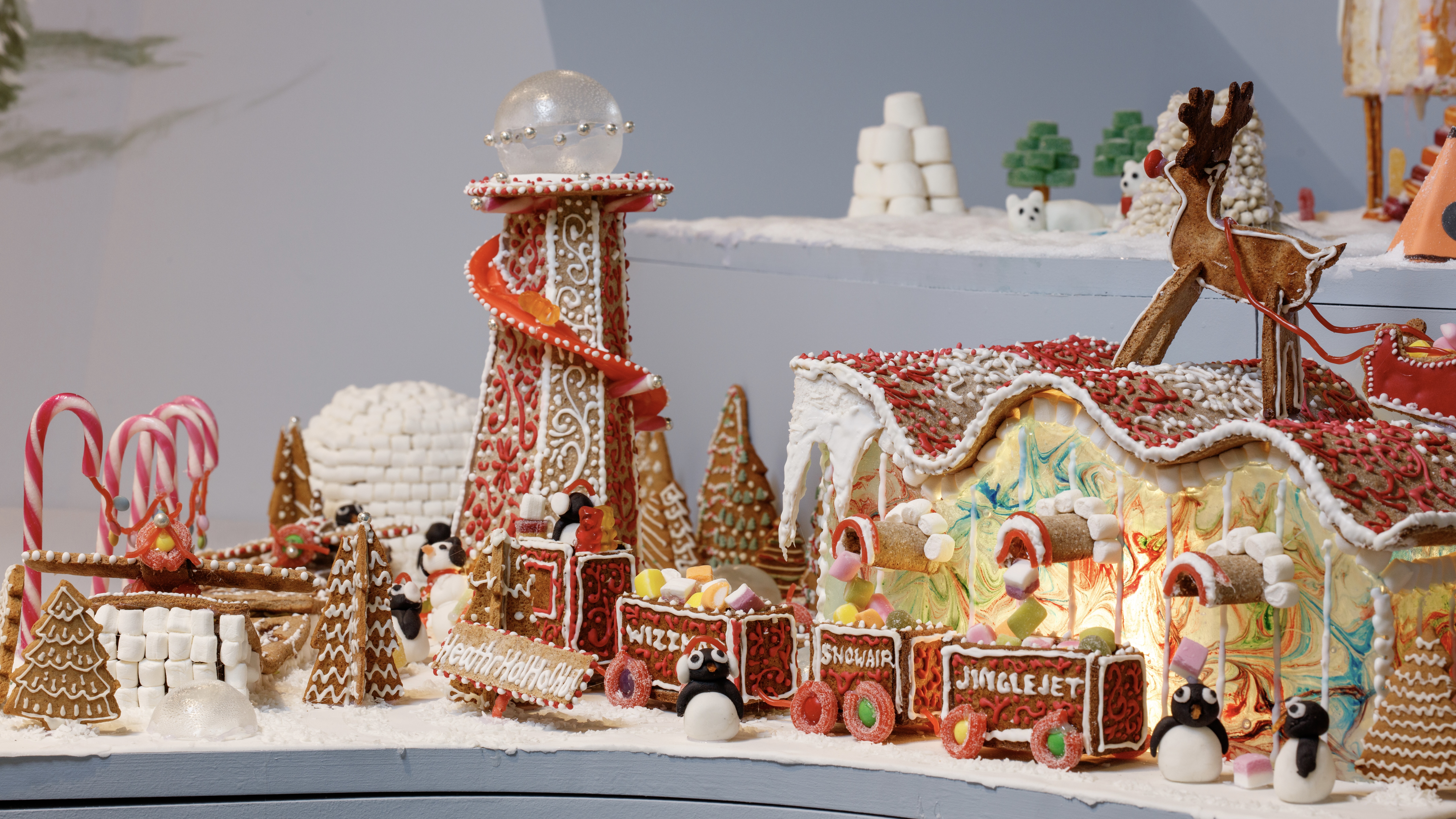 Welcome to The Gingerbread City – a baked metropolis exploring the idea of urban ‘play’
Welcome to The Gingerbread City – a baked metropolis exploring the idea of urban ‘play’The Museum of Architecture’s annual exhibition challenges professionals to construct an imaginary, interactive city entirely out of gingerbread
-
 You’ll soon be able to get a sneak peek inside Peter Zumthor’s LACMA expansion
You’ll soon be able to get a sneak peek inside Peter Zumthor’s LACMA expansionBut you’ll still have to wait another year for the grand opening
-
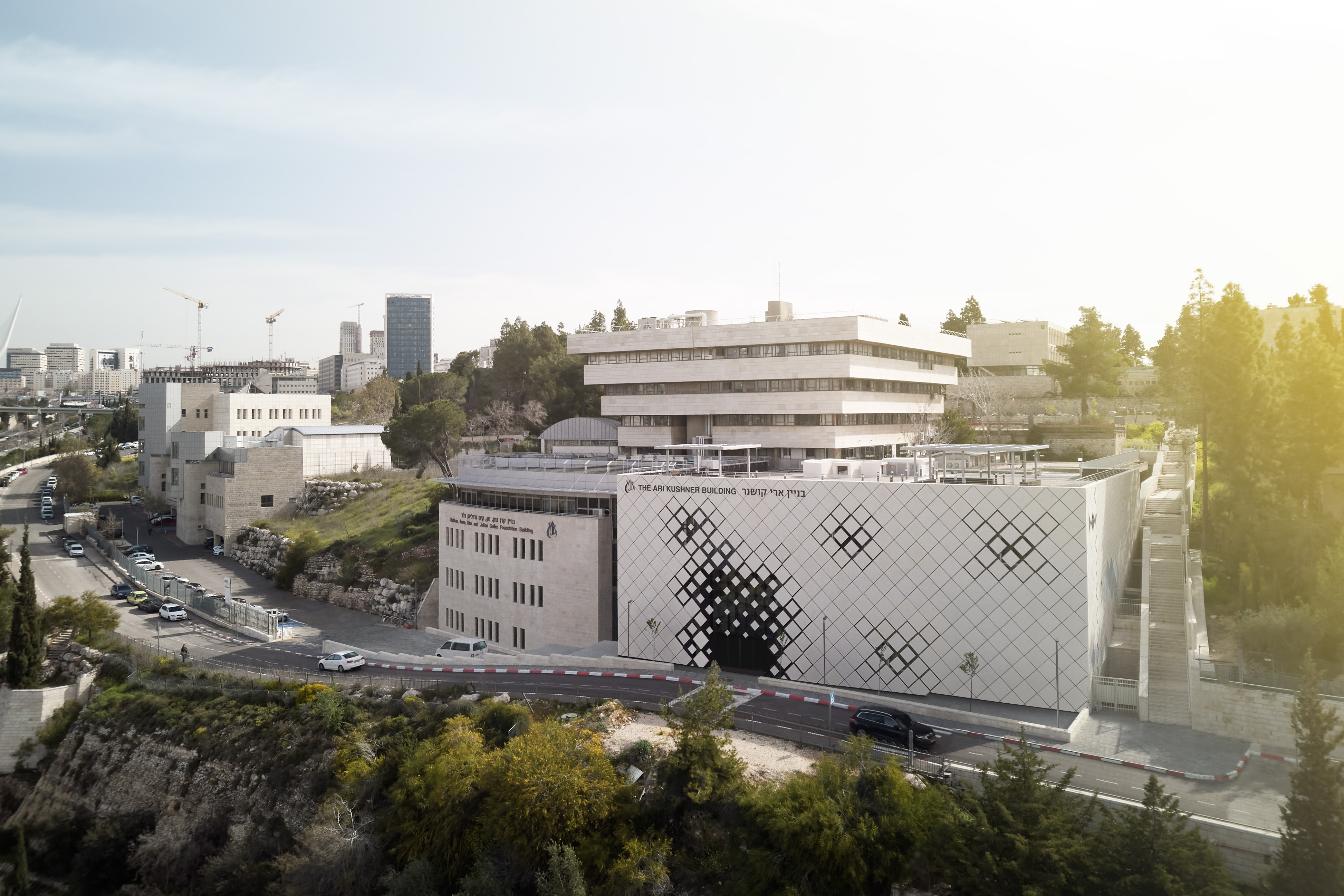 New Jerusalem Academy of Music and Dance extension creates transparency with stone
New Jerusalem Academy of Music and Dance extension creates transparency with stoneThe Ari Kushner Building for the Jerusalem Academy of Music and Dance (JAMD) is completed, creating transparency with stone, and channelling chaos into its corridors
-
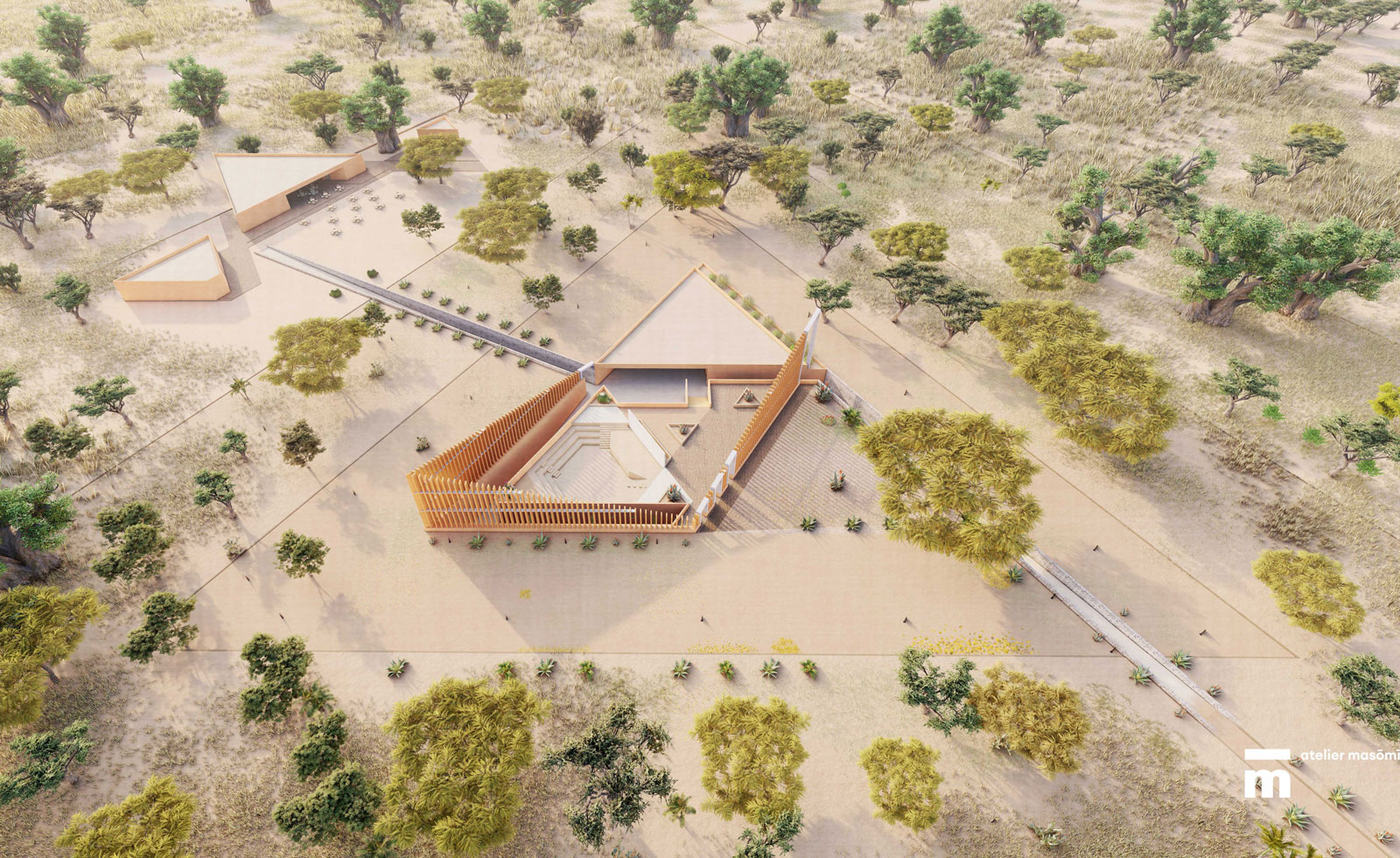 Mariam Issoufou Kamara to design Bët-bi museum in Senegal
Mariam Issoufou Kamara to design Bët-bi museum in SenegalMariam Issoufou Kamara, founder of Atelier Masōmī in Niger, has been selected by a jury to lead the design of the new Bët-bi museum in the Senegambia region of West Africa
-
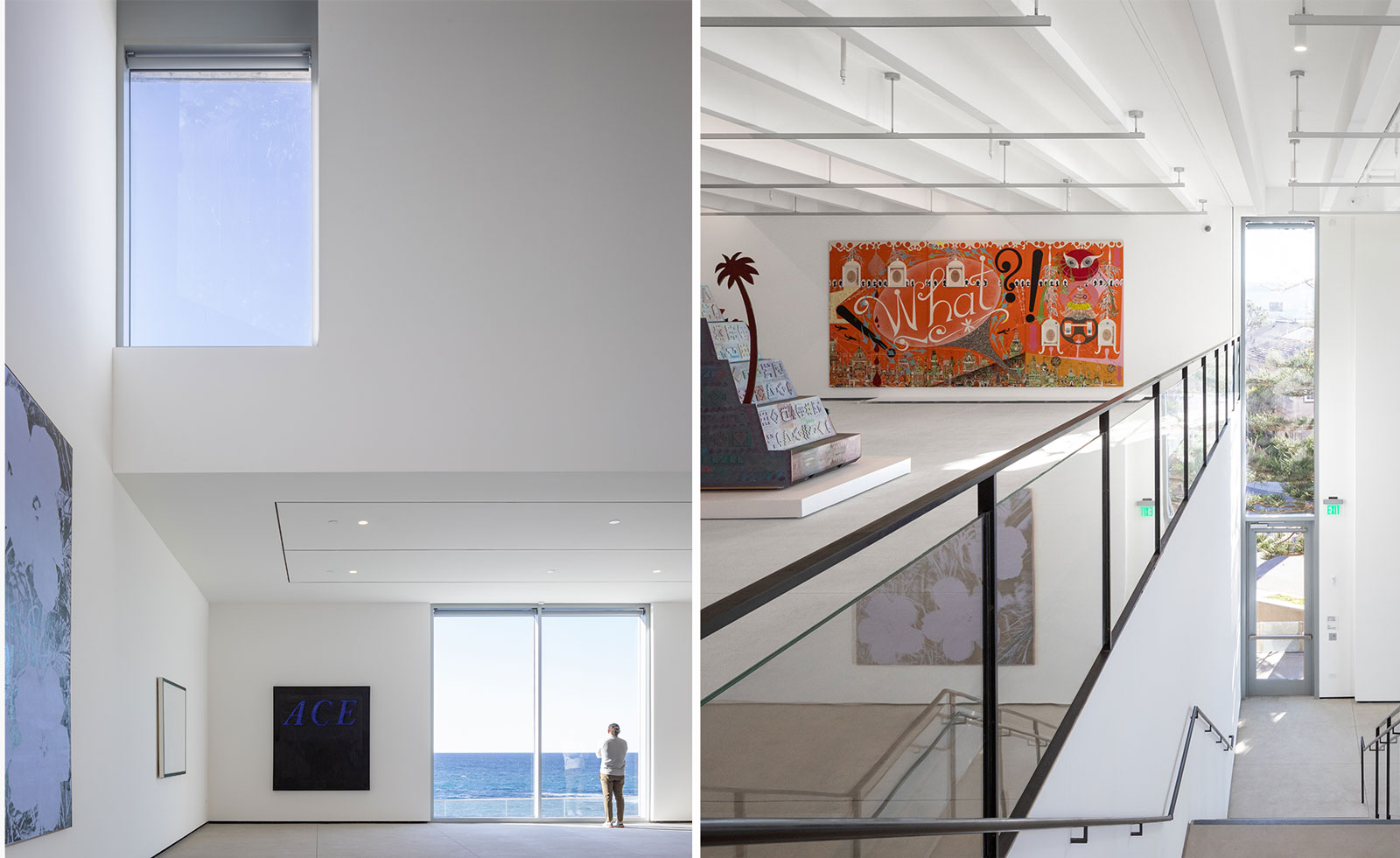 The Museum of Contemporary Art San Diego unveils a bigger and brighter new space
The Museum of Contemporary Art San Diego unveils a bigger and brighter new spaceSelldorf Architects has welcomed the elements in to the Museum of Contemporary Art San Diego’s new light-filled design
-
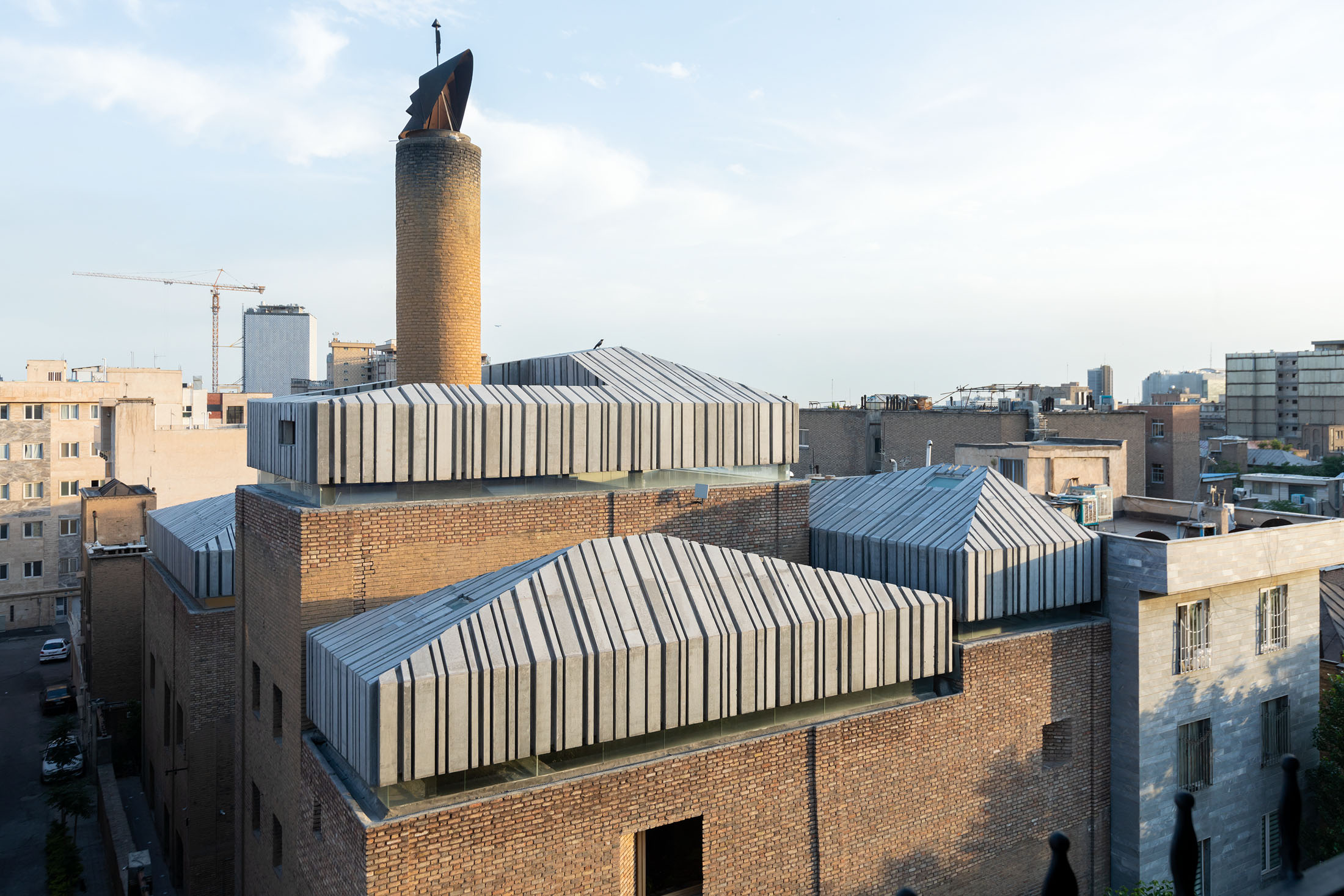 Tehran’s Argo Factory complex reinvents brewery architecture for the arts
Tehran’s Argo Factory complex reinvents brewery architecture for the artsThe Argo Factory Contemporary Art Museum & Cultural Centre by Ahmadreza Schricker Architecture North (ASA North), housed in a redesigned brewery, becomes Tehran's first new arts hub in decades
-
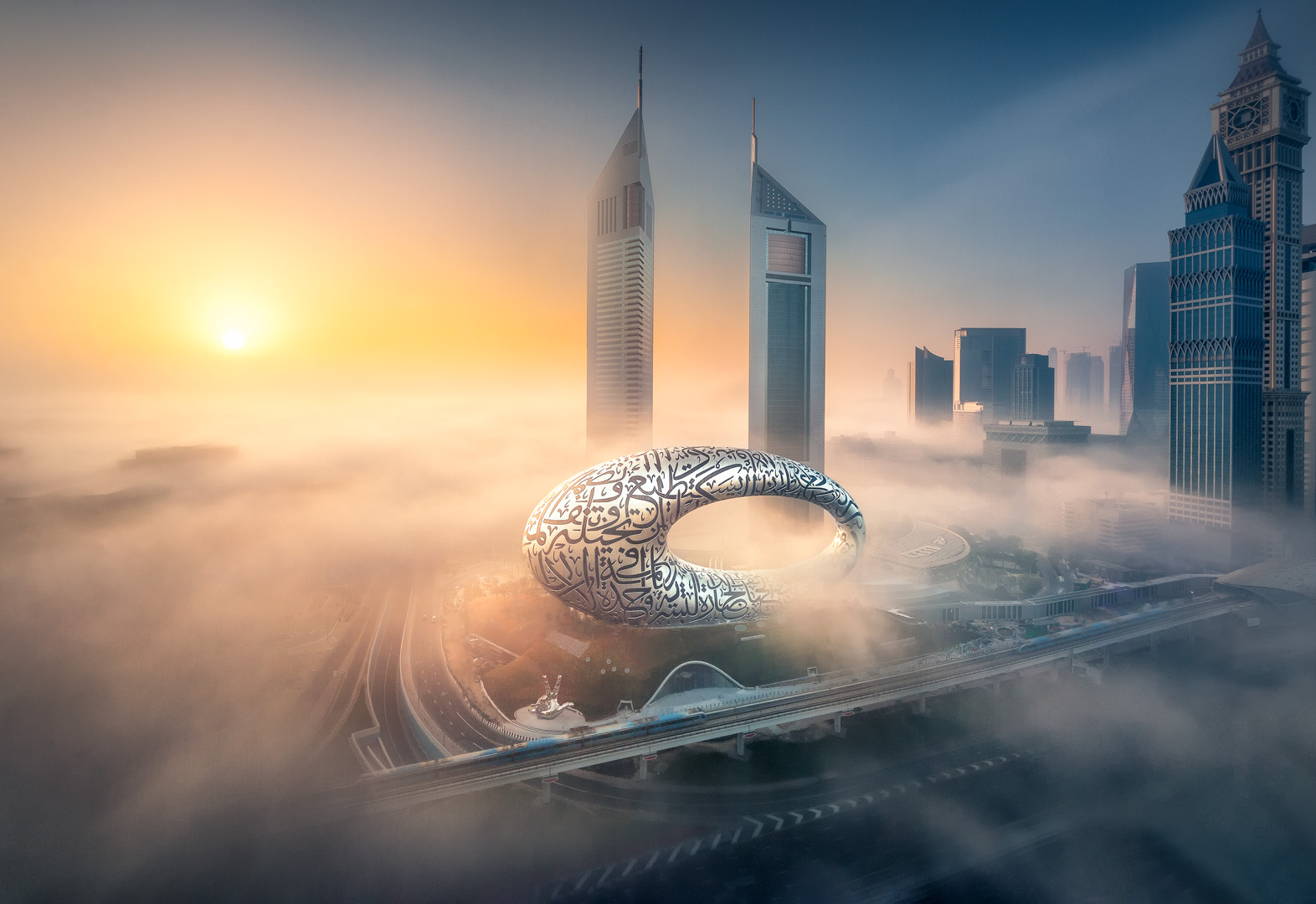 Dubai welcomes the Museum of the Future
Dubai welcomes the Museum of the FutureKilla Design and the Dubai Future Foundation launch the Museum of the Future in Dubai, which opens its doors to the public today (22 February 2022)
-
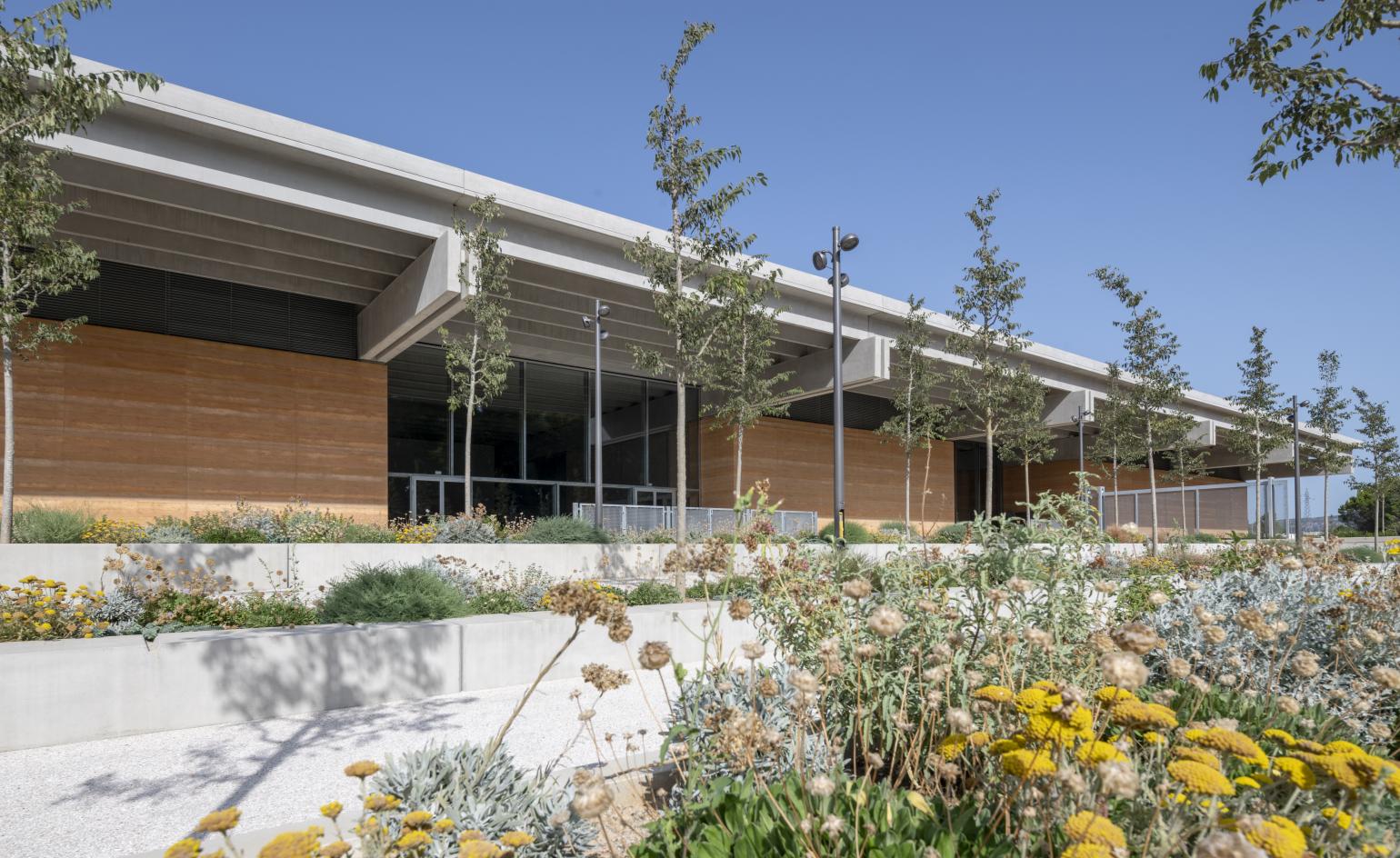 Foster + Partners’ Narbo Via enriches cultural landscape in south of France
Foster + Partners’ Narbo Via enriches cultural landscape in south of FranceNarbo Via, a new museum by Foster + Partners, opens in Narbonne, France